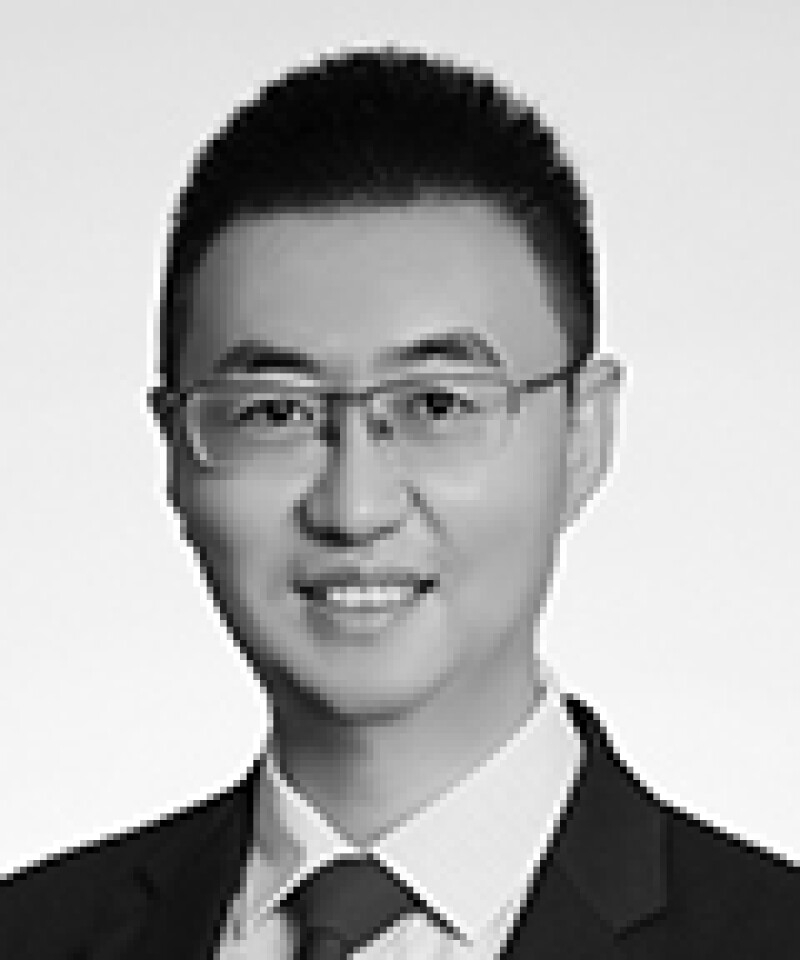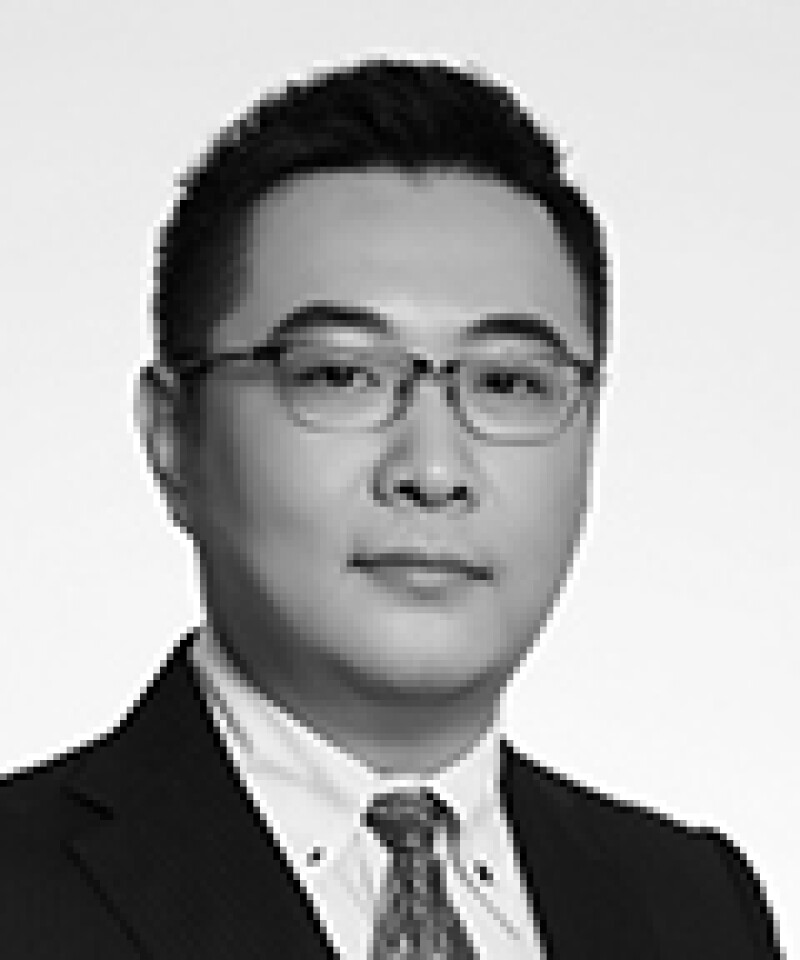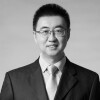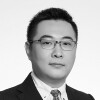The Supreme Court IP Tribunal was established on January 1 2019. Statistics publicly issued on February 28 2022 are attracting attention.
In 2021, there were 4335 newly-accepted technical cases and anti-monopoly cases, an increase of 36.4% on a yearly basis. 3460 cases were concluded in 2021, an increase of 24.1% on a yearly basis. In 2019 and 2020, the newly-accepted cases were respectively 1946 and 3117. In 2021, the average trial cycle was 134 calendar dates for all cases. The average trial cycle for second instance civil cases is 129.4 calendar dates and that for second instance administrative cases is 143.6 calendar dates.
Different types of IP cases have their own characteristics. For patent infringement cases, claim construction has become the most important and difficult issue and the court is making efforts to match patent protection scope and strength with patent contribution over the prior art.
Defences in patent infringement cases are mostly legitimate source defence and prior art defence, with reversal rate of 18.8%. For patent invalidity cases, fields related to pharmaceuticals, telecommunications, internet, big data, electrical commerce, artificial intelligence and block chain are increasing.
Most cases are related to evaluation on novelty and inventiveness, with a reversal rate of 6.6%. Legal mechanism interconnecting patent infringement and administrative invalidity cases has further improved.
Feedback mechanism is established between the courts and the China National Intellectual Property Administration (CNIPA) on patent infringement proceedings and patent invalidity procedure, so that the adjudicating on cases related to both infringement and invalidity can be synchronised.
For computer software cases, most are related to software copyright dispute and software development contract dispute. Ownership of software presents many difficulties, such as a loop in date to complete the software and multiple rounds of evidence collection.
Some influential Supreme Court cases are discussed providing a general picture on developments of Supreme Court practice.
Difficulty of proving prior use reduced
Prior use defence concept has been existing in the patent system for a long time, however, in legal practice, small amounts of defendants finally win the case based on prior use defence. In Shezhen Saiyuan v. Dongguan Lefang, the Supreme Court IP Tribunal issued a judgment (2021) SPC IP Final No. 508 to reverse a Guangzhou IP Court first instance judgment by supporting such prior use defence.
In the first instance, the defendant Dongguan Lefang produces 40 pieces of evidence to prove that accused infringing loudspeaker has been prepared well for manufacturing before the filing date of patent. This evidence is collected from various angles, including design documents, PCB sampling letter, modelling factory offer sheet, email correspondences, testing reports of speakers, trial product quality summary reports, robustness testing reports, sampling testing reports, materials lists and offer sheets. However, the Court of First Instance admits none of this evidence with the reason being that they are made by the defendant, therefore authenticity cannot be confirmed.
|
|
“China Patent Law bans five infringing acts, including manufacturing, selling, offering for sale, using and importing.” |
|
|
In the second instance, four new pieces of evidence are submitted by the defendant, including communications with one modelling factory and plant lease contract. The attitude of the Supreme Court IP Tribunal is quite different from the Court of First Instance.
The Supreme Court points out that regarding effectiveness of the evidence, all the evidence should be comprehensively considered, and the effectiveness should not be directly denied simply based on the reason that those technical drawings, processing files and testing reports are formulated single-handedly by one party. Only if the evidence is reasonable and can be corroborating with each other to meet the standard of a “high degree of probability”, should the evidence be accepted.
In view of this, the Supreme Court believes that the evidence submitted by the defendant is sufficient to prove that before the filing date of the patent, the defendant has prepared main manufacturing device and purchased necessary raw materials, and manufacturing scope and scale have not been extended ever since. Therefore, the prior use defence is successful.
This case shows that the difficulty of proving prior use is being reduced, with the application of standard of a “high degree of probability”. Although not a frequent defence, prior use defence may still be worth considering in future. The most important point to note is that the courts would not be so hesitant to accept as before.
Limitation on doctrine of equivalence
In the Xuzhou Zhongsen v Changzhou Gardening case, the doctrine of equivalence is applied in the first instance since the patent is protecting an electrically driven hedge trimmer, while the accused infringing product is a trimmer driven by oil.
The first instance judgment believes that electrical driven and oil driven are two most commonly used driving solution in the hedge field, both of which are using driving blade to reciprocate to perform the trimming function. No matter what kind of driving solution is used, there is no influence on the switching between flat trimming mode and round trimming mode. Therefore, the driving solution has no relation with the inventive concept of the patent.
The Supreme Court IP Tribunal thinks differently by laying more focus on being ‘electrically driven’. The Tribunal believes that the electrically driven has been defined in the claim language and no pollution is alleged as a new technical effect over the prior art, which means that when drafting, the patent applicant has the intention of not pursuing oil-driven engine as driving source. In this situation, if the oil-driven solution is still protected by the patent, it would not be beneficial to protect public trust interests and the principle of publicity. Therefore, this case is reversed in the second instance to support the opinions of the defendant.
This case provides guidance to the interactions between patent drafting and enforcement. If the patentee has clearly known certain solution during drafting but does not involve the solution into the claim scope, the doctrine of equivalence should not be applied to cover this solution into the protection scope. Then the question comes to how to judge whether ‘the patentee has a clearly known certain solution’ The answer is to see what can be understood by those skilled in the art when reading the claims, the description and drawings as a whole. It can be seen that abuse of doctrine of equivalence is being prevented so that a clarified boundary between patent and known information is presented to the public.
Extension on scope of background and conditional feature
The background and conditional feature is a kind of claim feature describing the background or condition where the protected subject matter is applied. Such a feature is special since if a feature is considered as background or conditional, it would generally not be necessary to map this feature to accused infringing products, but only the need to prove that the protected subject matter may be used in such background or condition.
In the past, such background and conditional feature is generally recognised as mounting structures, connecting relations and use case. In ALC Technology v Wenzhou Xionggeng, the newly issued Supreme Court IP Tribunal judgment (2020) SPC IP Final No. 313 decides that claim features such as the use, objects where the subject matter is applied and using manner should also be considered as background and conditional feature although such features are not directly defining the product structures.
This case is related to an adhering device. A first and second band and an object are defined in the claim language, however such a first and second band and the object are actually what the adhering device is working on, which is not an internal structural feature of the adhering device. The main issue is that if such a first and second band and object are needed for infringement mapping, the difficulty of evidence collection and complexity of infringement mapping will be greatly increased. The second instance judgment decides that the object and the related first and second bands are background feature and inference can be made that the object can be, for example, an outsole, which is reasonable commercial use for infringing an adhering device.
Value of ‘offering for sale’ added
China Patent Law bans five infringing acts, including manufacturing, selling, offering for sale, using and importing. Among them, ‘offering for sale’ is always considered not that important since damages caused by offering for sale are hard to calculate. However, the second instance judgment (2020) SPC IP Final No. 1658 in the Qingdao Qinke v Qingdao Chenyuan case provides updated judicial opinions on damages on ‘offering for sale’.
The Tribunal summarises the influences by infringing offering for sale in three scenarios: since the price of offering for sale is lower than that of patented products, adverse hints will be caused in the consumer’s mind to influence reasonable pricing of patented products; consumers may give up purchasing patented products but turn to infringers, causing regular sale of patented products delayed or decreased; such infringing offering for sale may cause adverse influences on advertisement for patented products.
This is the first time adverse influences caused by offering for sale by the Supreme Court IP Tribunal has been recognised. The Tribunal also points out that the infringing offering for sale will cause adverse outcome to the patentee, such as price erosion of patented products and loss or delay of commercial opportunities. The Tribunal concludes that although the infringing loss caused by offering for sale is difficult to calculate, statutory damages may still be applied case by case based on factors such as willfulness of infringement and specific case circumstances.
From this case, from the strategic level, the patentee should not ignore the attacking on infringing offering for sale since it is recognised by the Supreme Court of its own value, thus can be corroborating with other infringing acts to strengthen the willfulness of infringers.
Another point to note for offering for sale is forum shopping. If the plaintiff wants to bring the defendant out of its hometown but it is difficult to purchase the products from other places, some trade shows in such other places may be leveraged to establish the jurisdiction since appearance in trade shows can be considered as infringing act of offering for sale.
Determination of damages in trade secret cases
Trade secret cases have become a hot topic in IP litigation. The amount of trade secret cases are increasing continuously, within widespread technical fields. In 2019, 12 trade secret cases were accepted by the Supreme Court IP Tribunal, in 2020, this number increased to 44 cases and in 2021, it further increased to 79 cases.
The legal issues in such cases are complicated and diverse, including how to identify trade secret points and scope, how to determine damages of trade secret infringement and secret-keeping measures, how to identify the acts in trade secret infringement, substantive contribution in trade secret and whether the trade secret as claimed is really unknown to the public.
More cases are being awarded with high damages, such as ‘Kapo’ the trade secret case awarded with five times punitive damages of $5 million and the ‘Vanilin’ case awarded with $26 million.
How to determine damages is a tricky problem. In Chinese practice, accurate calculation is adopted in some cases, but the commonly used way is to list the factors to be considered and finally determine a figure discretionarily by courts based on those factors, without accurate calculation steps.
In the Shanghai Youkai v Shanghai Luqi case, the second instance judgment lists these factors: innovative degree, development costs, commercial values, competitive advantages, technical contribution, subjective fault degree of infringers and specific case circumstances.
In this case, the trade secret is related to sawing processing technology, not a simple technical mixed-up and different from common sawing with regular measuring and sawing separated, which should be combined with special designed software, electronically-controlled hardware and related mechanical structures. The advantages include sawing efficiency improving and processing accuracy. The development costs are approximately $75,000, with repetitive testing and in-depth analysis. The average price is $50,000-$80,000 and 82 devices were sold by the defendant between 2008 and 2013, with the sales amounts as high as $7 million and raw profit rate being 55.43%. Based on the above, the damages are determined as around $900,000, higher than the average.
The experiences are that the more data evidence provided, the higher the damages to award. Such data evidence includes annual reports, financial books, third party sales amounts statistics and the plaintiff should try their best to collect the evidence.
If an accurate calculation cannot be made, the court shall determine the damages on its discretion, which would not be that high as those calculated based on accurate and reasonable figures.
Click here to read all the chapters from Managing IP's China IP Special Focus 2022

Guanyang Yao
Partner
Liu Shen & Associates
T: +86 10 6268 1616-7008
Guanyang Yao is a partner at Liu Shen & Associates, with a focus on providing patent-related legal services. He has extensive experience in complicated patent invalidation, infringement and administrative disputes.
Guanyang provides legal opinions on litigation strategy making, freedom-to-operate analysis, patent licensing, anti-unfair competition and trade secret protection. He has represented multiple domestic and international enterprises, covering technical fields including engineering, automobiles, software, telecoms SEPs, home appliances and medical devices. A number of cases handled by him have been selected as annual IP representative cases by local high courts and the Supreme Court, in providing guidance and clarifications on legal issues.
Guanyang has a master’s degree in information systems from Beijing Aeronautics and Astronautics University, and a LLM from UIC John Marshall Law School. He has a further master’s degree from China University of Political Science and Law. He is also an active speaker at domestic and international IP conferences.

Zhifei An
Partner and Head of Shenzhen Office
Liu Shen & Associates
T: +86 10 6268 1616-3072
Zhifei An is a partner at Liu Shen & Associates and head of the Shenzhen Office. He is specialised in telecommunications, computer hardware and software, AI, video codec.
Zhifei has handled many patent-related proceedings before the courts and a considerable amount of cases relating to infringement analysis, validity analysis, patent searching, patent evaluation.
Zhifei received his bachelor’s degree in telecommunication from the University of Science and Technology Beijing in 2002 and a master’s degree in computer science from the University of York in 2004.












